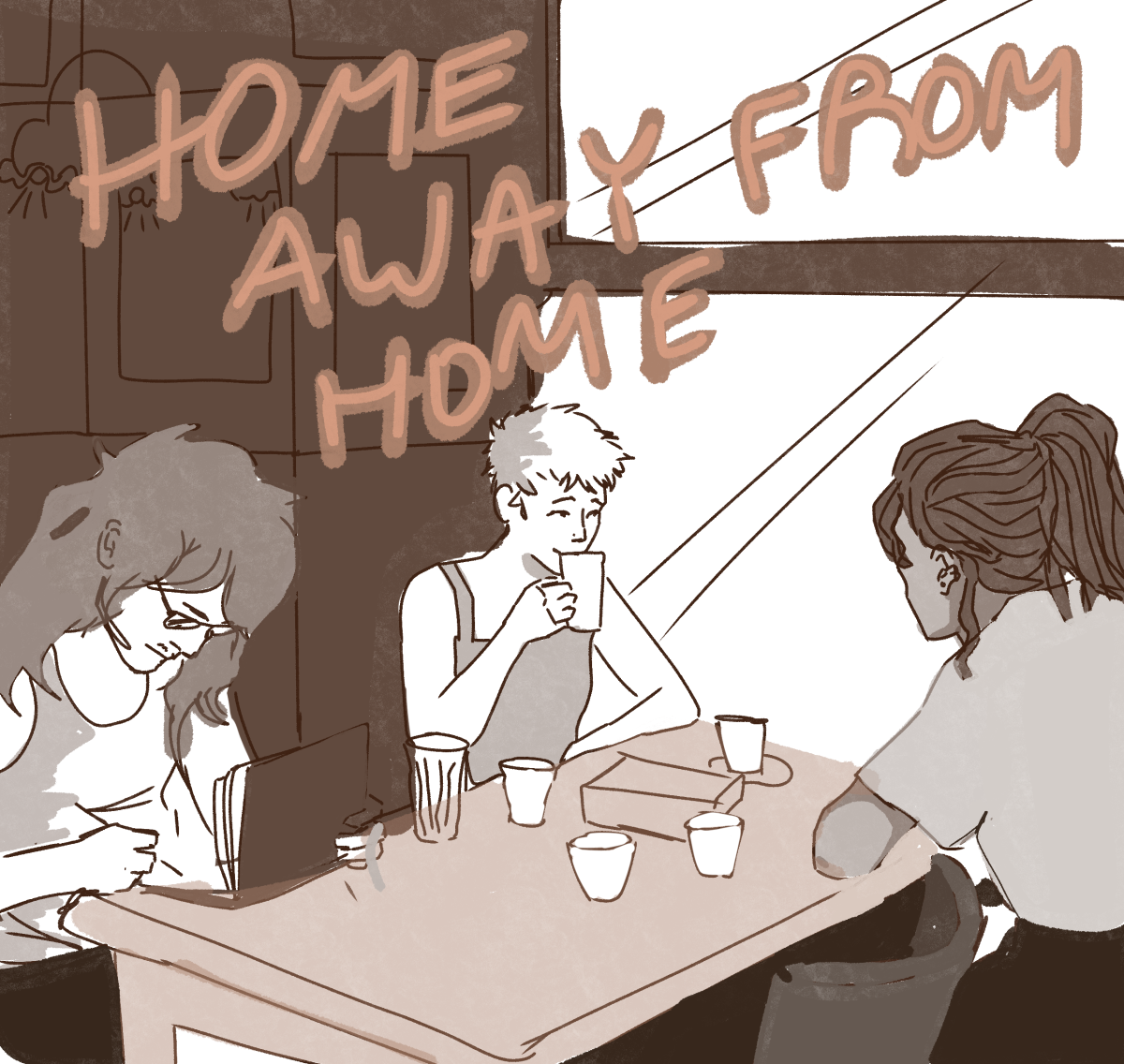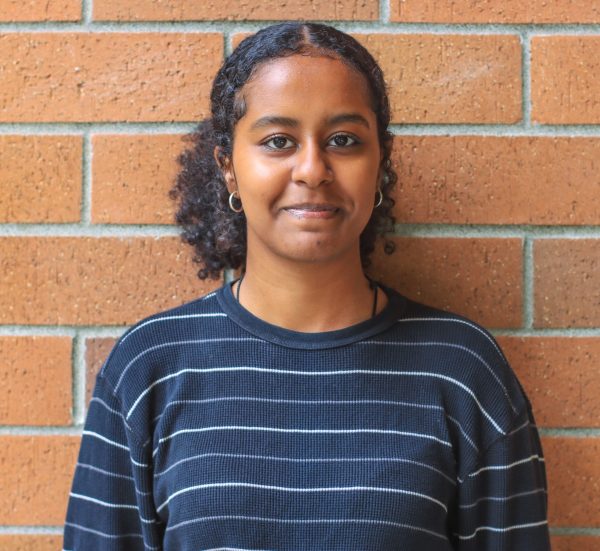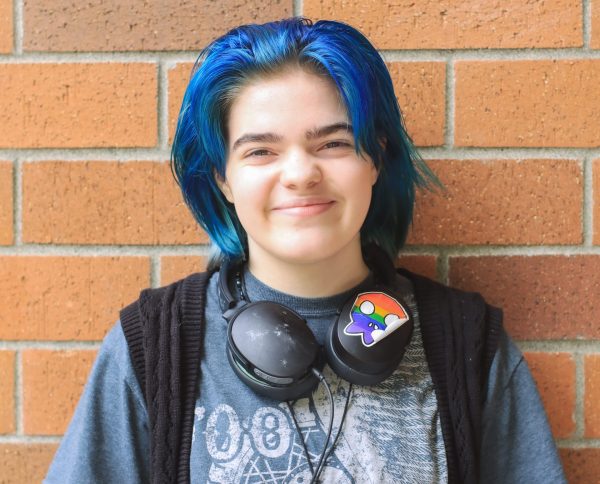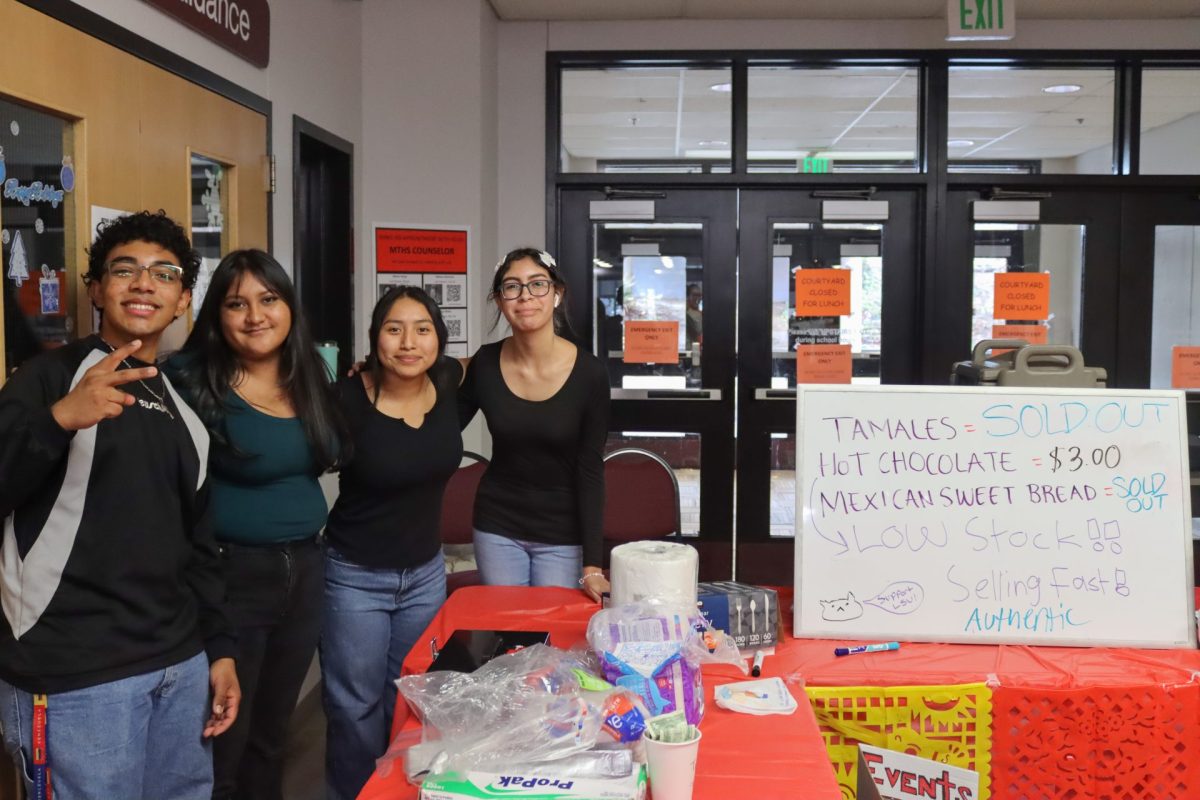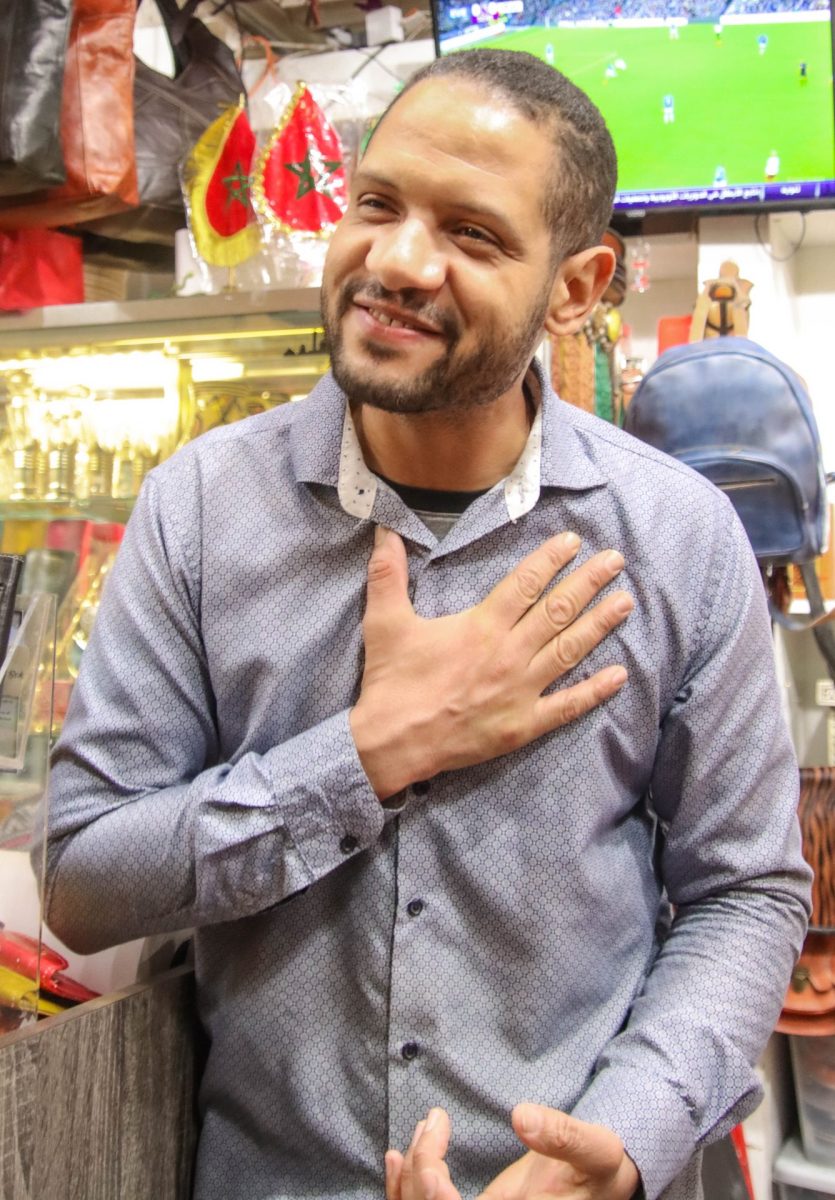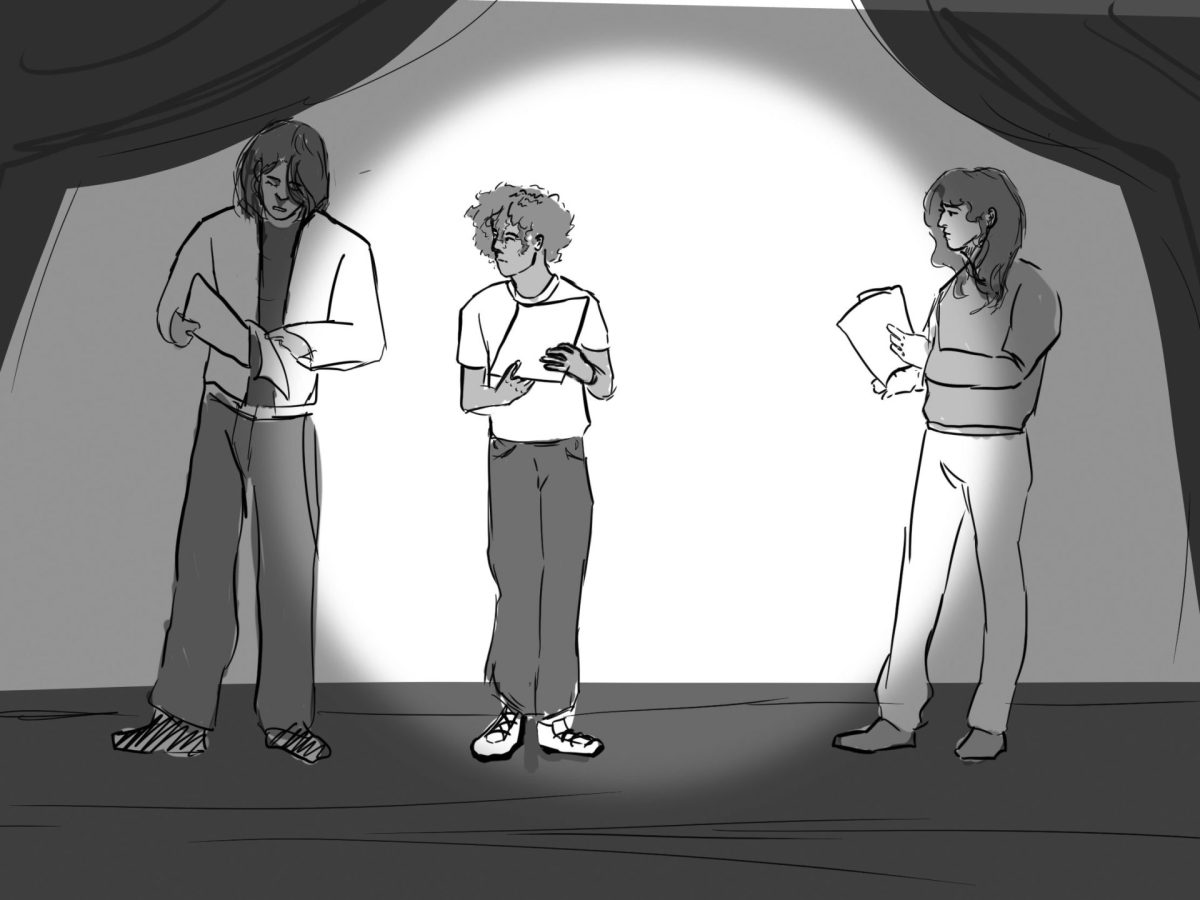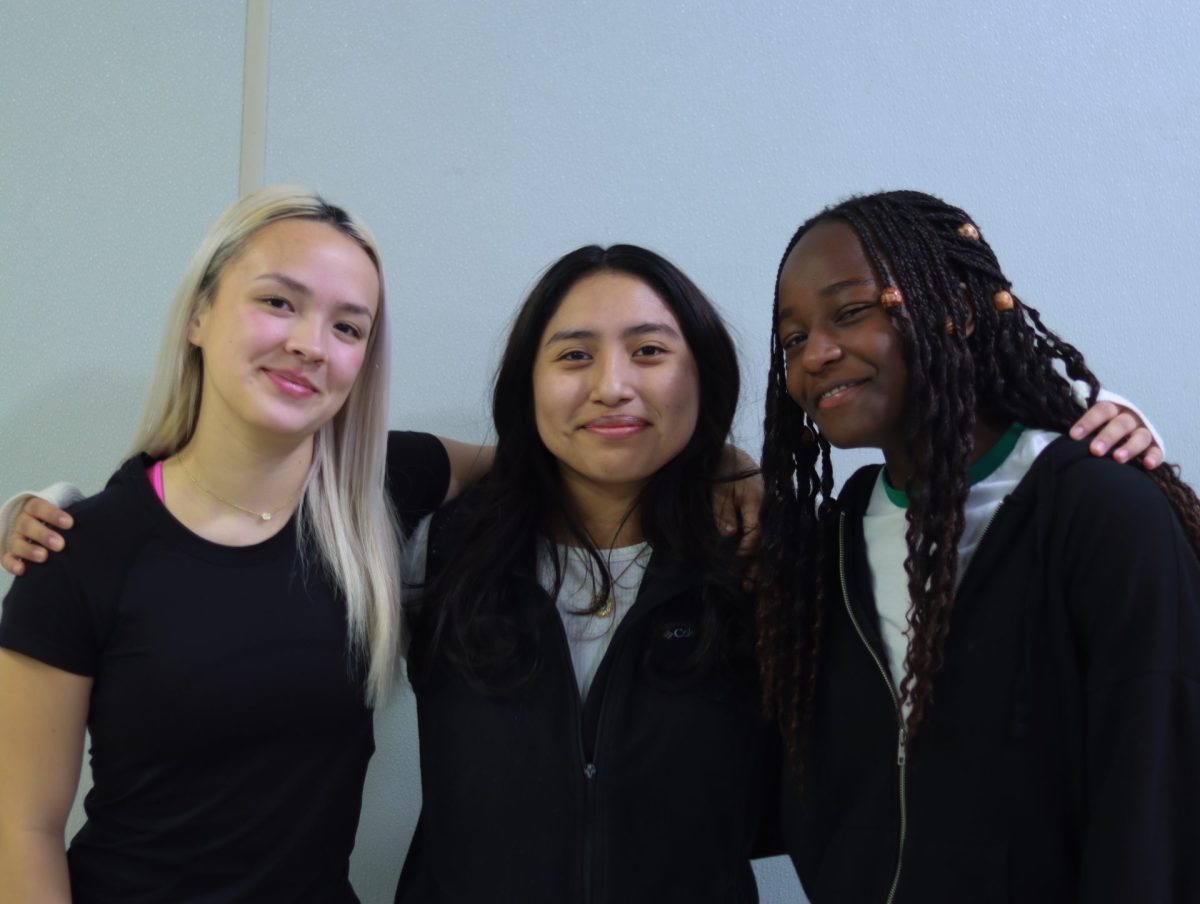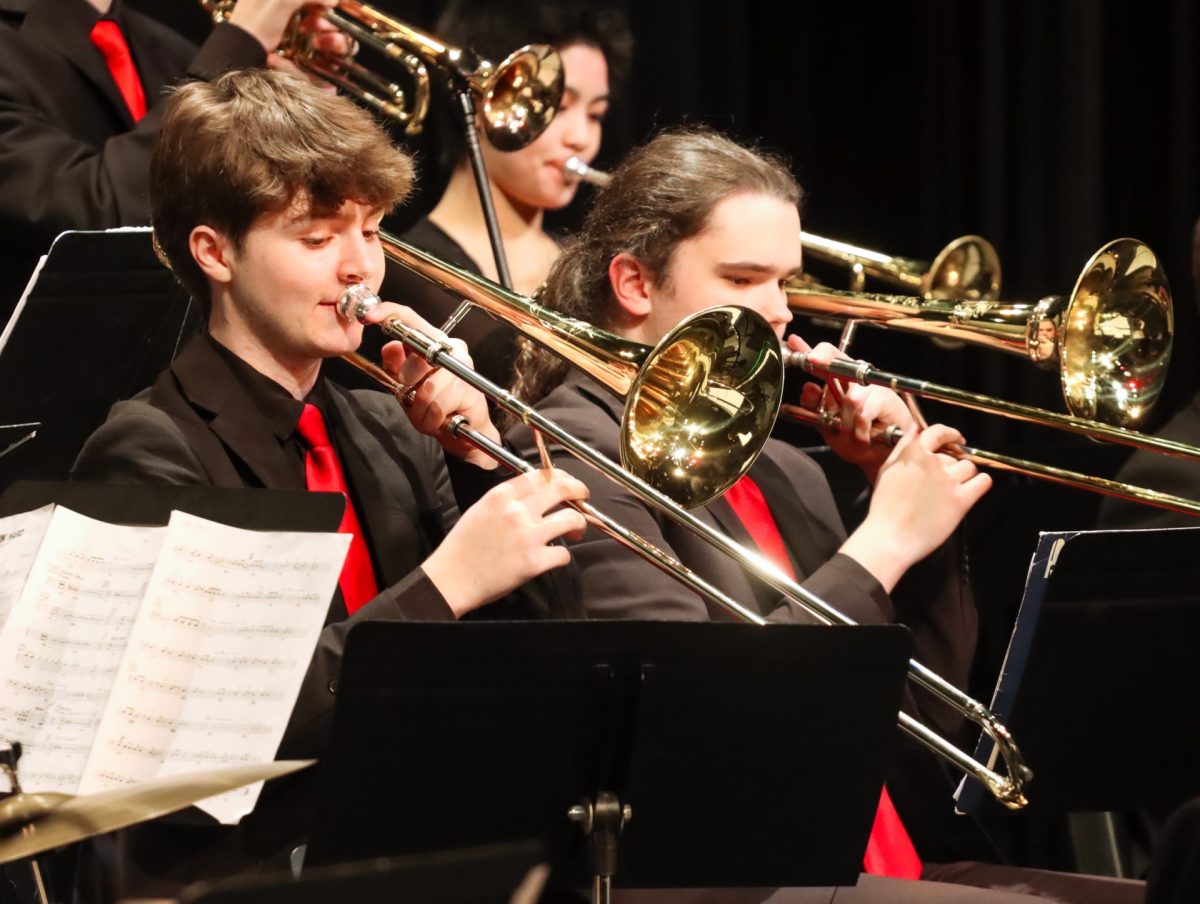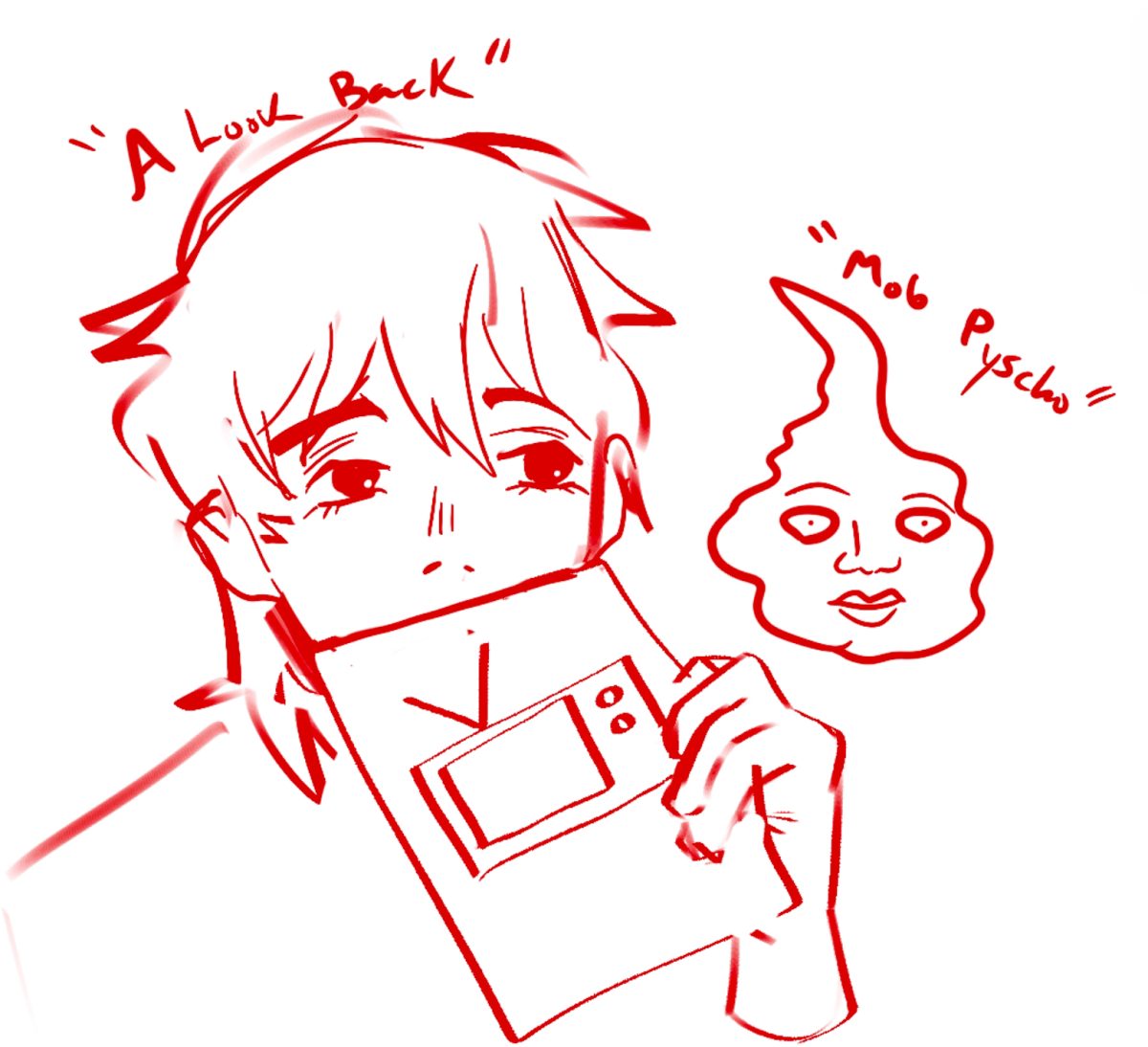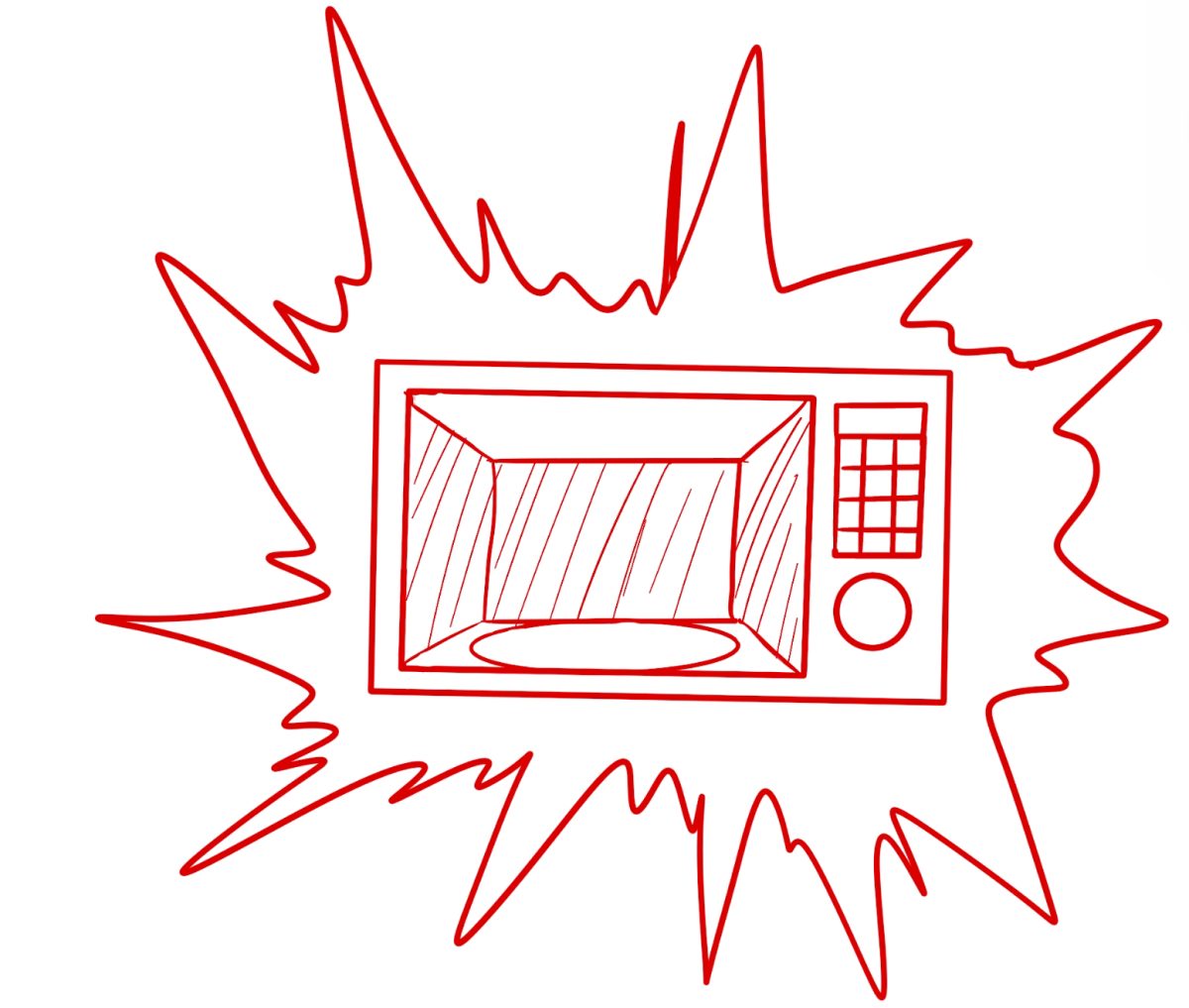The idea of the third place originated from the book “A Great Good Place” by Ray Oldenburg. In general terms, he describes a third place as a place one would go to spend time and interact with others. This place is usually different from the place one would live, work, or go to school at. Those would be considered a person’s first and second places, because they are necessary to the way society works. Ray explains that in order to have a “healthy existence,” humans should have a balance of all three kinds of places.
The sociologist, Ray Oldenburg, had a few characteristics that he believed were vital to a third place. People go there because they want to be there. It is accepting to all kinds of people from different “walks of life”. Conversation is welcome and also encouraged. And it was easy and accessible for people to go to. “A third place is what you make it…It’s like a home away from home.” mentioned Christina J., a junior at MTHS. So far, that sounds like a dream. Easy and accessible? Where besides the comfort of one’s own home is “easy and accessible”? Questions like these have brought conversation that there has been a decrease of third places in the last decade, especially for teens. The reason for this being even leaving the comfort of your own home may leave a person $20 shorter than they were before. While sweet treats are important, sometimes all a person needs is to leave their house and interact with others.
What even is the benefit of even trying to seek a third place? Having a third space is important for many reasons. It can be a mental escape from the other parts of your life. You are also having interactions with others that could be filled with new ideas, fun jokes, and significant debates. This may also help create meaningful relationships between the people that attend. MTHS senior, Mudabrah Amber, feels that having a third place is extremely beneficial to humans. “Personally, I think if we just worked and went to school or just stayed home, it wouldn’t let us explore ourselves as individuals or socialize with other people. And humans are social creatures, so they need socialization.”
It is of importance in neighborhoods because it helps people come together and build a stronger community. It brings a sense of safety and comfort for people knowing they have “a home away from home”. It gives people a sense of belonging that they might not feel anywhere else. “It’s always good to have places where you feel welcome and that you feel accepted and you can be your whole self.” explains MTHS paraeducator, Tribecca Brazil.
Is it common for teens to have third spaces these days? Where do they go after school or during their free time? Are there even places in the school that students feel comfortable spending recreational time in. Such as clubs, sports, etc. Maybe even the local Urban City Coffee, a walk less than ten minutes away from the high school could be a big one. Parks, gyms, libraries could also be considered third spaces. In the book ‘The Great Good Place’ it mentions our local Third Place Books as a big third space. Explaining that the beginning of the bookstore was started by Ron Sher, who took major inspiration from the third place theory. He added lots of restaurants, seating, as well as books to the bookstore creating multiple places for people to stay and interact.
People, especially teens, have been going to third places for generations. The only difference being that it may look a little different now considering the new technologies and urbanization. But at its core it still holds the same qualities. A place for people to conversate and interact with others and is accessible for people to go. Ways to find a third space is always starting with places nearby, especially because that would check the accessibility box. Ask friends if they have places they would consider a third space! And lastly, by thinking of third spaces that relate to an interesting topic, it may make it easier to find one. Take interests such as reading, art, science, and try to find places that relate to those! Also look around your schools as well. MTHS paraeducator Tribecca Brazil explained that she is always welcoming to have students hang in the Career Center. When asked if she thought there were any third spaces on the MTHS campus she responded by saying, “Yeah, I hope the Career Center is that. I’ve always wanted it to be.” By finding third spaces people can begin to create a factor of community that might otherwise slowly diminish.


